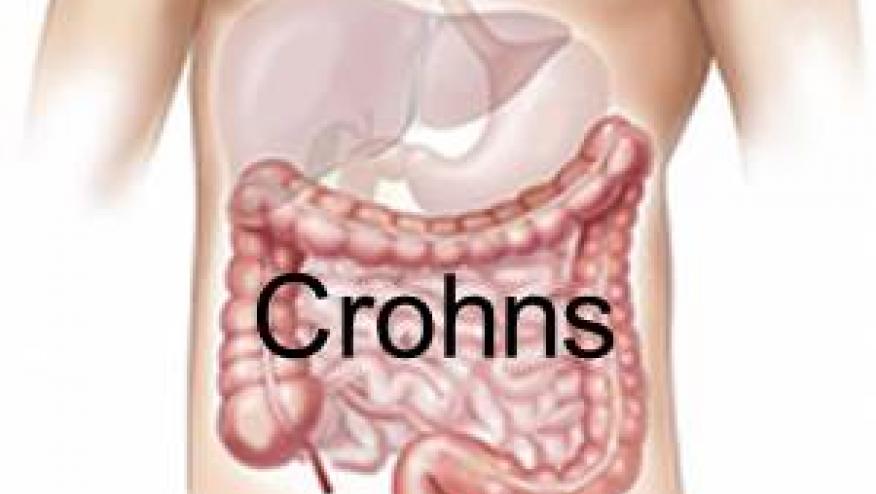Kids with Crohn's have Profound MSK Deficits - but No Increase in Fractures Save

Crohn’s disease (CD), a chronic inflammatory condition of the gastrointestinal tract, is also known for its propensity to affect the musculoskeletal system. Extraintestinal complications of CD include inflammatory polyarthritis, loss of muscle mass, growth retardation and vertebral compression fractures. Some of these are direct results of inflammation or indirect effects of malnutrition.
As it is not well understood whether medications used to treat CD may contribute to MSK complications, a cross-sectional study was conducted at the Children's Hospital of Eastern Ontario to evaluate impact the disease has on musculoskeletal health of children with newly diagnosed CD, before treatments were introduced.
A comprehensive examination was performed to assess for muscle mass and strength, and vertebral compression fractures. A total of 73 children with newly diagnosed CD (moderate to severe disease 90.4%, median disease duration 155 days) were assessed 4 days after treatment initiation; 36% of participants were prepubertal, with median PCDAI of 47 (SD14).
Mean height, weight and BMI in the study group was lower comparing to healthy adults with no difference between bone age and chronological age, assuming normal skeletal maturation.
Jumping mechanograpy revealed low maximal peak muscle jump power in the single two-legged jump (-2.2 Mean Z-score (1.5 SD), p<0.01).
DEXA evaluations were notable for low total body mineral content (-1.5 (1.0SD), p<0.0001). With that, only 1 out of 70 patients with a spine radiograph had a vertebral fracture. In that particular case, there were no musculoskeletal abnormalities that could explain the fracture (LS BMD, height and BMI above average with Z-scores of + 0.4, +0.4 and +1.4 respectively).
The study concluded that despite profound muscle and bone deficits in children with newly diagnosed Crohn’s disease, the prevalence of vertebral fractures is very low. Short-term glucocorticoid therapy was associated with improved muscle strength in this cohort.
The relashionships among the disease state itself, magnitude of chronic steroid exposure and the pattern of bone morbidity merits further investigation.










If you are a health practitioner, you may Login/Register to comment.
Due to the nature of these comment forums, only health practitioners are allowed to comment at this time.